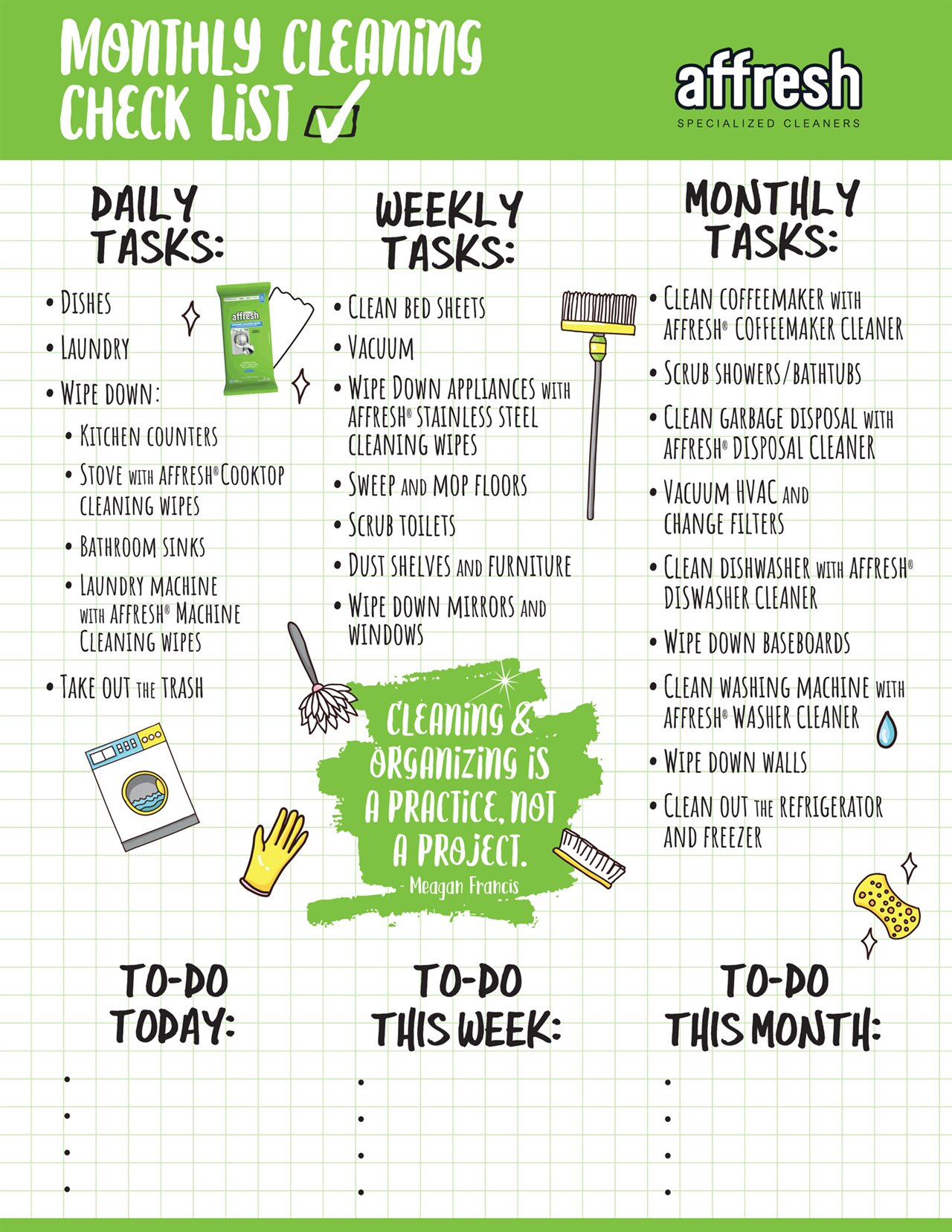2018-07-31T10:01:00
(BPT) – When you get lost in wanderlust, do you find yourself dreaming of Africa? This exotic continent is on many people’s travel bucket lists, but planning a trip can be intimidating. If you are ready to stop dreaming and start planning an unforgettable African adventure, here are some simple tips to help you get the most out of your trip.
1. Make time for research
When deciding where to go and what to do, consult online resources and guidebooks to get a sense for what interests you most. For example, many African safari destinations have the Big Five — lions, elephants, rhino, leopard and buffalo — but more rare species like the endangered mountain gorilla are only found in a few countries, including Uganda. Uganda also offers some of the most diverse cultural experiences on the African continent, drawing visitors from around the world.
With 10 distinct national parks, Uganda gives you the chance to explore myriad landscapes and natural habitats, each with its own impressive characteristics and wild inhabitants. Most people only have time to visit three or four parks in Uganda, so it’s important to get a feel for which one may be right for you. Book a boat safari on the Nile in Murchison Falls National Park, or head out on a game drive in Kidepo Valley National Park to see elephants, giraffes, lions and more with your own two eyes. Learn more about these and other unique Ugandan experiences at www.visituganda.com.
2. Prioritize must-do activities
When you start your research, you’ll quickly find there are countless things to see and do. That’s why it’s important to create a bucket list for your trip. Once you know the things you don’t want to leave without accomplishing, you can start putting together an itinerary.
How about the thrill of encountering mountain gorillas in their natural habitat, tracking chimps through dense forest or catching a glimpse of the powerful tree-climbing lions? Birding opportunities are also rich considering more than half of Africa’s bird species can be found in Uganda.
3. Consult a trusted travel professional
Especially if you’re traveling to a foreign country for the first time, a travel expert can provide customized insight you won’t find by doing it solo. Plus, they can help craft the ideal itinerary by suggesting activities or VIP services you may not know about.
For example, maybe kayaking Uganda’s Lake Bunyonyi wasn’t on your radar. Travel agents and tour operators can tell you why it should be. Want to upgrade your gorilla tracking experience? Travel professionals can arrange educational sessions with organizations like the Gorilla Doctors and their jungle veterinarians. They can help you book a rafting trip on the White Nile in Jinja, Uganda’s adventure capital, or arrange a visit to Ziwa Rhino Sanctuary. All these activities and more are made easier when you consult a trusted travel professional.
4. Go beyond wildlife
From the snow-capped peaks of the Rwenzori Mountains to the savannah of Queen Elizabeth National Park and the lush banks of the Nile, Uganda’s beautiful landscapes differ dramatically throughout the country. Wildlife flourishes, but there is so much more to explore than Mother Nature’s delights. The people that make this land their home are the true heart of Uganda.
To make your trip feel complete, incorporate cultural activities into your itinerary. For example, hike to the top of a mountain near Kidepo Valley National Park and visit the Ik people, a centuries-old community maintaining their traditional way of life. Another opportunity is the Batwa Experience where you can explore Uganda’s forest with its original inhabitants. Finally, don’t forget to spend a day in the capital city of Kampala, to see what modern life is like for the people of Uganda.
5. Open your mind and take it all in
An African safari is unlike any travel experience you’ll ever have. From mind-blowing wildlife encounters to outdoor adventures and immersive cultural experiences, Uganda has plenty to offer every type of travel personality. Keep an open mind and open heart and the things you’ll experience will change you forever.











